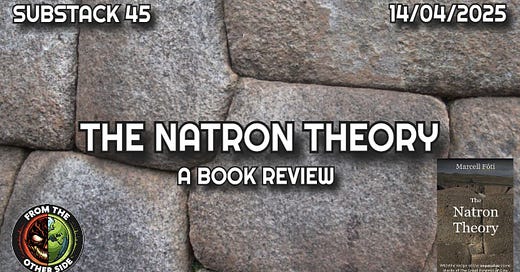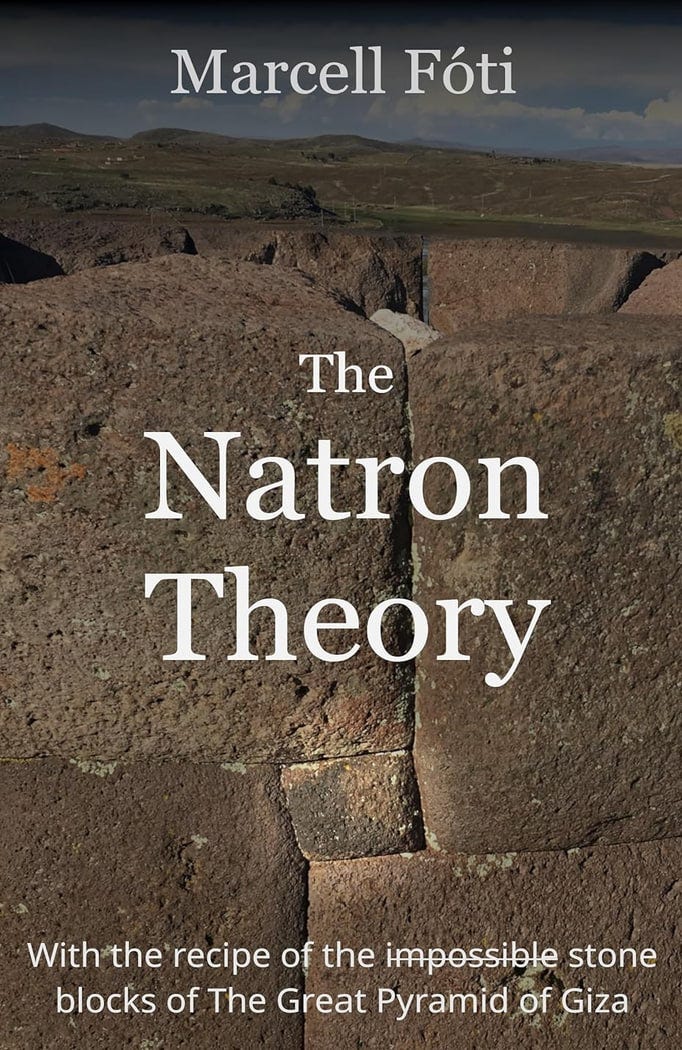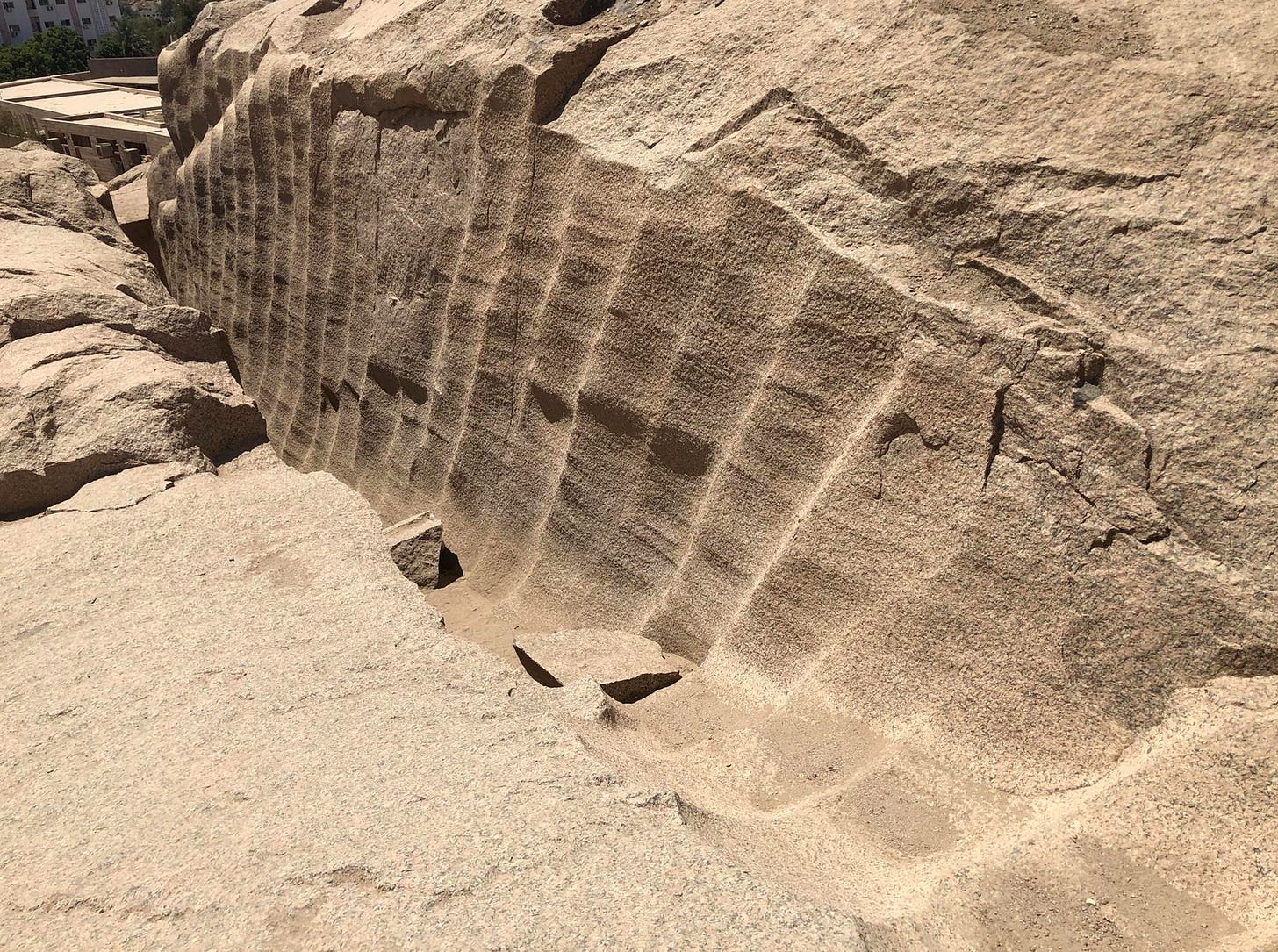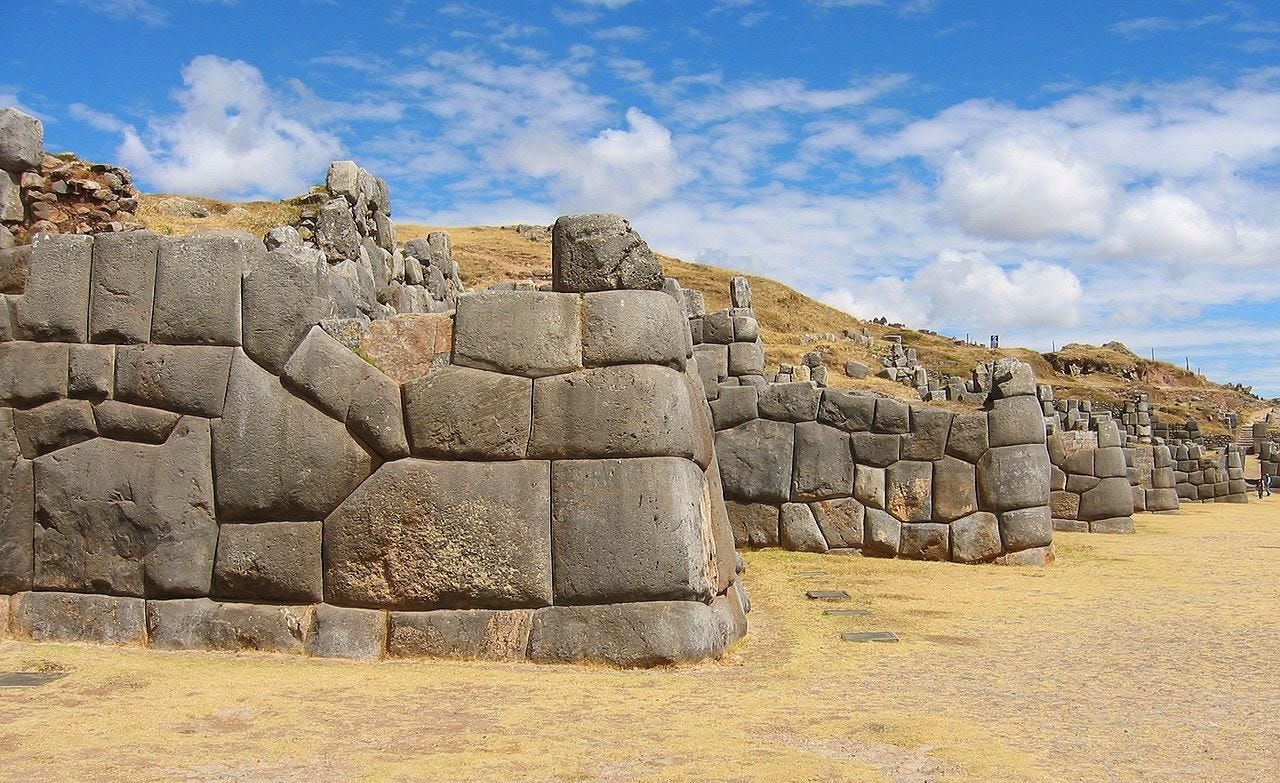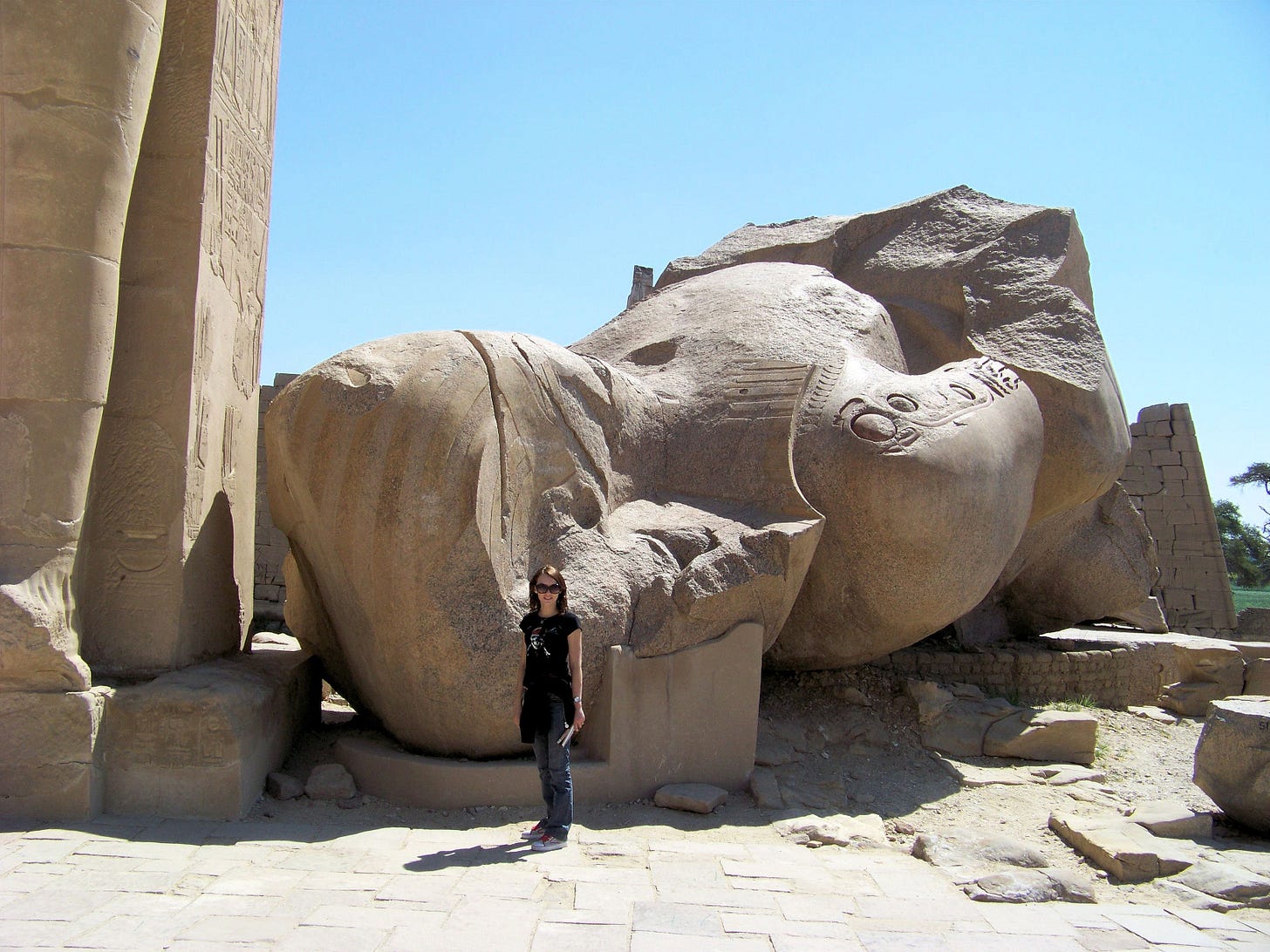THE NATRON THEORY BY MARCELL FÓTI’S - A BOOK REVIEW
Imagine standing in the shadow of the Great Pyramid in Egypt, running your hand over the smooth, massive stones, wondering how they got there. Picture yourself at Machu Picchu, marveling at the interlocking blocks that fit like a cosmic jigsaw puzzle, or gazing up at Petra’s rock-cut wonders in Jordan, carved with impossible precision. I’ve been to all three, and like many, I’ve always assumed these ancient feats were the work of tireless masons chiseling away with brute force and basic tools. But what if there’s a simpler, smarter explanation?
Enter Marcell Fóti’s The Natron Theory—a book that’s turned my assumptions upside down and reignited my fascination with these ancient sites.
I recently devoured The Natron Theory ahead of interviewing Marcell on my podcast next week, and I can’t stop raving about it. This isn’t just another dry archaeology tome—it’s a bold, hands-on investigation that dares to ask: what if the ancients weren’t just quarrying stones but casting them like modern concrete, using a humble salt called natron? Fóti, a Hungarian researcher with a knack for thinking outside the box, argues that natron—famous for mummification in Egypt—could be heated with fire to transform raw rock into a workable, moldable material. And he doesn’t stop at Egypt; he extends this idea to Peru’s iconic interlocking blocks at Machu Picchu, suggesting a shared ancient technology that’s been hiding in plain sight.
What makes this book a standout is Fóti’s approach. He’s not content to theorize from an armchair—he’s rolled up his sleeves and tested his ideas with experiments, mixing natron, applying heat, and watching stone bend to his will. The results? Compelling enough to make me rethink those scoop marks I saw in Egypt’s Aswan quarries or the seamless joints I traced at Machu Picchu.
His writing is clear and passionate, breaking down complex chemistry into bite-sized insights that even a layperson like me can grasp. It’s like sitting down with a friend who’s obsessed with a puzzle and can’t wait to show you the pieces.
Fóti’s case starts with Egypt, where natron was plentiful. He posits that by heating it with granite, the ancients could soften or dissolve rock into a castable slurry—explaining everything from the Pyramids’ tight fits to those mysterious quarry marks I’ve puzzled over. Then he takes us to Peru, where the andesite blocks of Machu Picchu and Sacsayhuamán fit so perfectly you can’t slip a blade between them. Could natron have worked its magic there too? I’ve stood by those walls, and Fóti’s theory feels like a revelation—a plausible “how” behind the “wow.”
He even hints at broader implications, though he leaves Petra (another site I’ve explored) as more of a question mark—perhaps a tease for future work.
The book shines brightest when Fóti connects his lab to the real world. His recent trip to Egypt, documented on X (@FoMaHun), brought his ideas face-to-face with the stones, and you can feel his excitement leap off the page.
Photos of scoop marks, tales of standing where pharaohs once did—it’s a journey that mirrors my own travels, making The Natron Theory feel personal and urgent. He’s not afraid to tackle skeptics either, offering thoughtful counters to doubts about scale or ancient know-how, though I’d love even more detail on how this tech scaled up to, say, Hatshepsut’s 1,000-ton obelisk.
Is it flawless? Not quite. Some sections could use more hard data to silence the traditionalists, and the Peru chapter feels slightly less fleshed out than Egypt’s—perhaps because the evidence there is trickier to pin down. But these are minor quibbles in a work that’s more about sparking curiosity than claiming final answers. Fóti’s humility shines through; he’s not preaching dogma but inviting us to question, experiment, and explore.
The Natron Theory is a must-read for anyone who’s ever stood awestruck before ancient stone work—or just loves a good “what if.” It’s changed how I see the Pyramids, Machu Picchu, and maybe even Petra’s facades. I’ll be showing the book on my podcast next week, paired with my own photos from these sites, because it’s that kind of story—one you want to hold up and share. Marcell Fóti has given us a fresh lens on the past, and I, for one, can’t wait to see where he takes it next. Grab a copy, dive in, and join the conversation—you might just start seeing history differently too.
Watch the interview I had with Marcell at https://rumble.com/v6rzr0h-live-show-125-the-natron-theory-the-recipe-of-the-impossible-blocks-of-the-.html
Buy the book here - https://www.amazon.com/Natron-Theory-recipe-impossible-Pyramid-ebook/dp/B0DG3JT2N5/ref=cm_cr_arp_mb_bdcrb_top
Web Site - natrontheory.com


